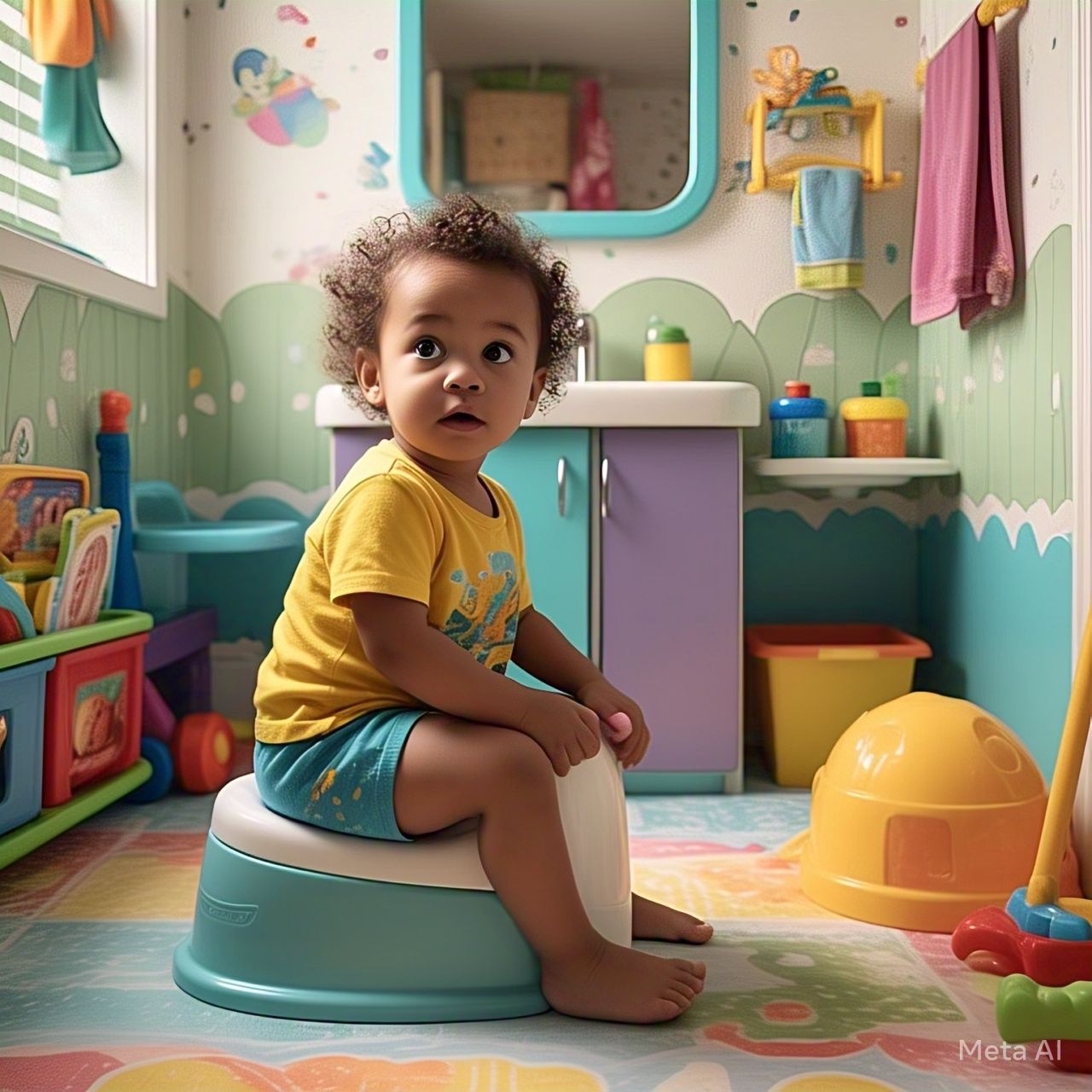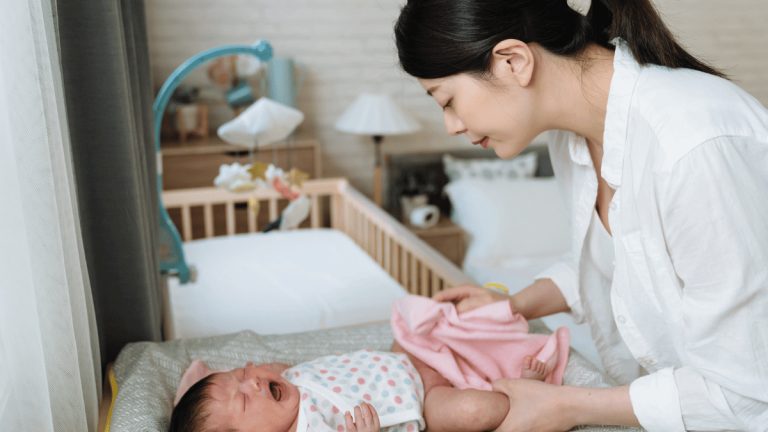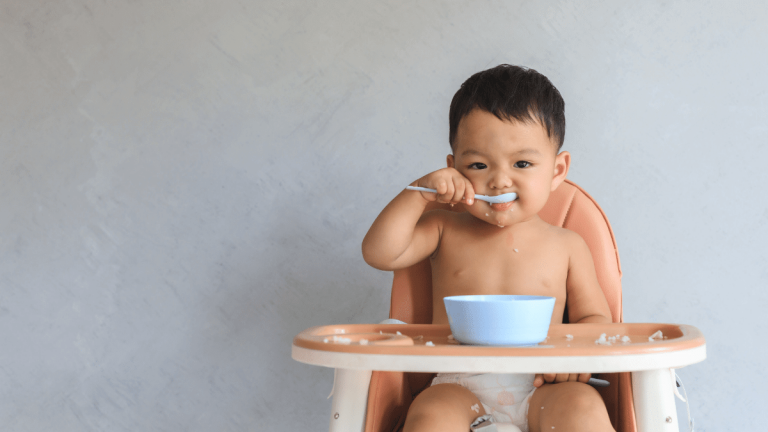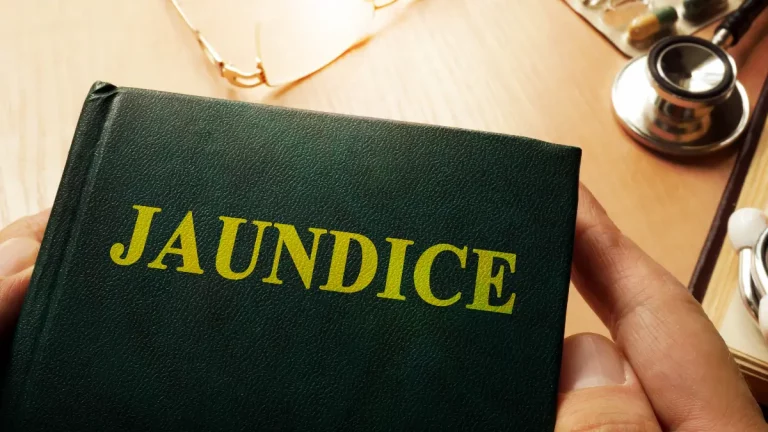How to Potty Train your Toddler: A Step-by-Step Guide
Potty training is an important milestone for both toddlers and parents. While every child is different, most are ready for potty training between 18 months and 3 years old. The key to success is patience, consistency, and encouragement.
Here’s a step-by-step guide to make potty training easier for you and your toddler.
Signs Your Toddler Is Ready for Potty Training
Before you start, look for these signs of readiness:
Stays dry for at least 2 hours at a time.
Shows interest in using the toilet or wearing underwear.
Can pull down and pull up their pants.
Communicates (verbally or non-verbally) about needing to go.
Dislikes wet or dirty diapers.
If your child shows these signs, they may be ready to start potty training!
Step 1: Introduce the Concept
Start by talking to your toddler about potty training. You can:
Let them watch you or older siblings use the toilet.
Explain that pee and poop go in the potty, not in the diaper.
Step 2: Choose the Right Equipment
You’ll need:
A child-sized potty or a potty seat for the regular toilet.
Training pants or easy-to-remove clothing.
A step stool if using a regular toilet.
Let your toddler help pick out their potty seat and underwear to make it exciting!
Step 3: Set a Routine
Help your child get used to the potty by:
Sitting them on the potty at routine times (e.g., after waking up, after meals, before bedtime).
Letting them sit on the potty fully clothed first to feel comfortable.
Encouraging them to try after drinking lots of fluids.
Use the same toilet or the same potty to accompany the same person and set regular timings.
Step 4: Encourage and Praise Success
Celebrate small wins—even just sitting on the potty!
Use positive reinforcement, like clapping or stickers.
Avoid punishments—accidents are part of the process.
Some parents use a reward chart to track progress and keep toddlers motivated.
Step 5: Switch to Underwear
Once your toddler is consistently using the potty, introduce big-kid underwear.
Let them pick their favorite designs.
Expect some accidents—it’s normal!
Keep a change of clothes handy.
Training pants or pull-ups can be used during naps and nighttime until they gain full control.
Step 6: Handle Accidents Calmly
Accidents will happen! Instead of scolding, say:
“Why did you pee in your pants?”
✅ “Oops! Accidents happen. Next time, let’s try to get to the potty.”
Clean up without making them feel ashamed and encourage them to try again.
Step 7: Transition to Nighttime Training
Nighttime dryness takes longer. To help:
Limit liquids before bedtime.
Encourage using the potty before sleep.
Use waterproof mattress covers for easy cleanup.
Many toddlers need nighttime pull-ups for a few more months (or even years), and that’s okay!
Common Potty Training Challenges & Solutions
1. My toddler refuses to use the potty
✔ Offer a choice: “Do you want to use the blue potty or the big toilet?”
✔ Use potty training books or videos to make it fun.
2. My toddler sits on the potty but doesn’t go
✔ Keep potty time short (5–10 minutes).
✔ Try running water or offering a reward for trying.
3. My toddler was doing well but is now having accidents
✔ This is normal! It could be stress, illness, or distractions.
✔ Stay consistent and patient—avoid going back to diapers.
Potty training is a learning process that takes time. Be patient, encouraging, and flexible. Celebrate small successes, and don’t stress over accidents. With consistency and positivity, your toddler will master potty training at their own pace!






